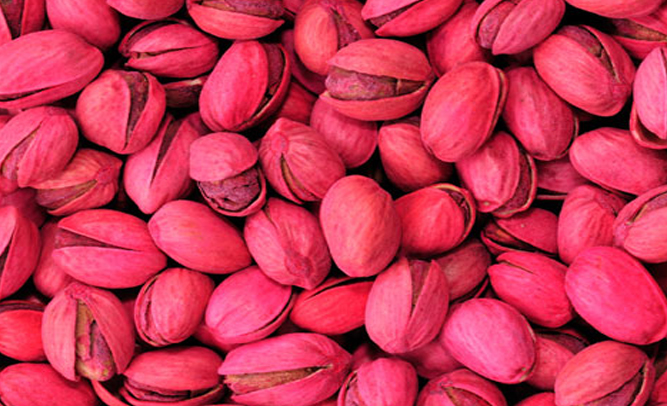AUSTIN, Texas –
Red pistachio nuts were extremely common back in the day, when most pistachios were grown in Iran, and dyed to avoid showing defects and dirt in the nuts to consumers. When pistachios began being grown in the United States, and import levels dropped, new standards made it irrelevant to dye the nuts, as they were easily cleaned as less damaged shipping domestically.
All that is changing, though, as a slew of people began clamoring for red pistachios once more. A petition on change.org was signed by over 2 million people, all of whom were desperately looking for that pistachio nostalgia factor.
“Red pistachios were the best pistachios. They left your hands filthy, red dye and shit all over your hands and clothes,” said Roy Lamar, who claims to ‘absolutely love nuts.’ “Man, there was nothing like them. I signed the petition as soon as I saw it. You can take your regular-colored pistachios and stick up your ass.”
America’s pistachio growers say that they don’t at all care what people do to the nuts after they’re harvested, but they refuse to dye them themselves.
“No way are we going to start dying them again,” said Mike Handle, who has been growing pistachios on his farm for nearly 20 years. “That dye was hazardous, nasty, and it completely changed the flavor of the nut. No thanks.”
A small company in Texas, NutBusters, has said that they will purchase large quantities of the nut, and begin dyeing them red once more. They say they expect to have the red pistachios for sale on their website, nutbusters.com, by the beginning of summer.


